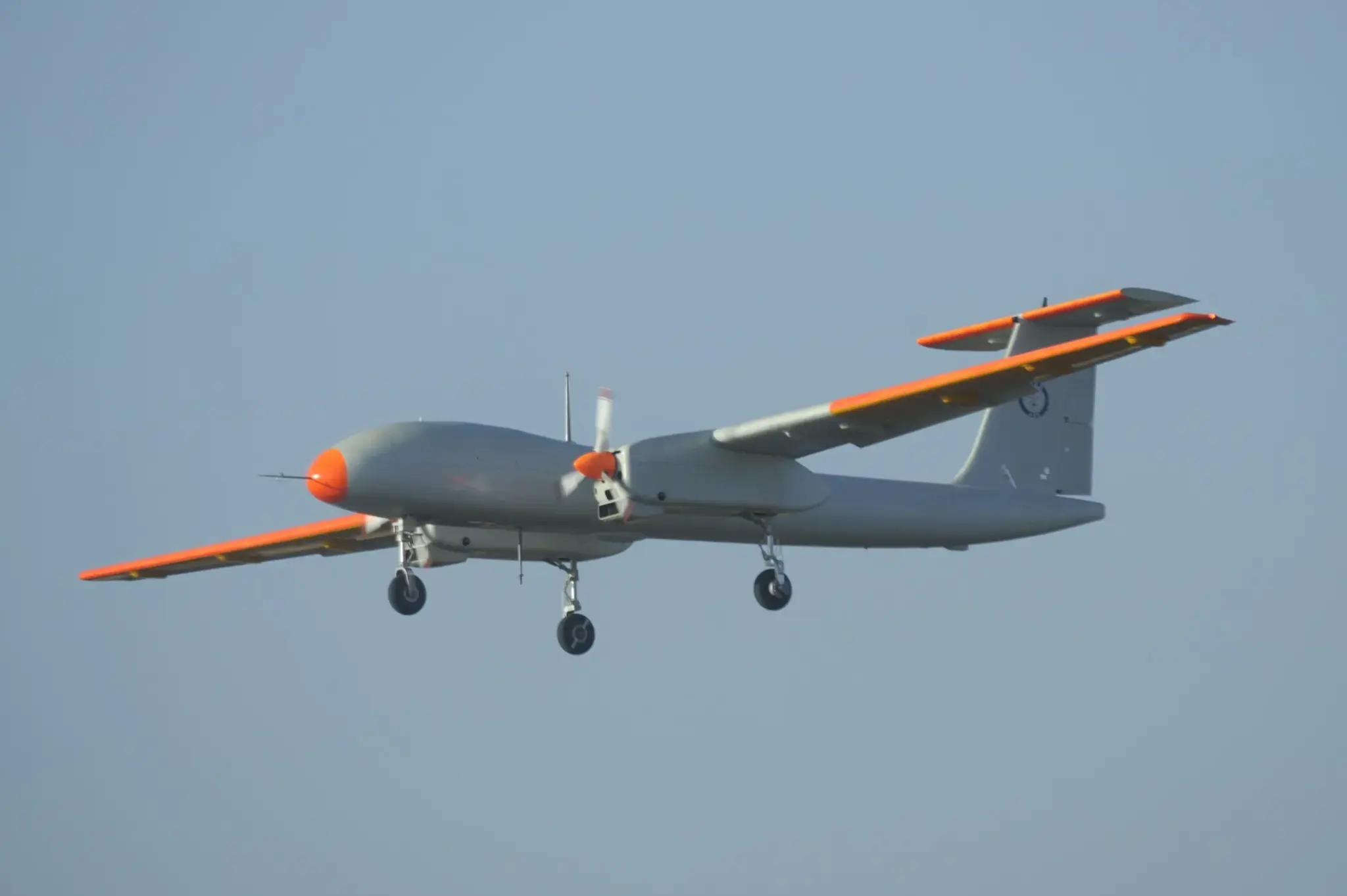About TAPAS UAV:
- The Tactical Airborne Platform for Aerial Surveillance Beyond Horizon-201, or Tapas BH-201, is a medium-altitude, long-endurance (MALE) drone.
- It was previouslyreferred to as Rustom-II.
- It was developed indigenously by the Aeronautical Development Establishment (ADE) of Defence Research and Development Organisation (DRDO).
- Designed to fulfil the Intelligence, Surveillance, Target Acquisition, Tracking & Reconnaissance (ISTAR) requirements of the tri-services, the Tapas UAV can effectively operate both day and night.
- Features:
- It has an operating altitude of 30000 feet and an endurance of 24 hours.
- It also projects a range of 250 km, which can carry a variety of payloads up to a maximum of 350 kg with a wing span of 20.6 metres.
- Maximum speed: 225 kmph.
- It can be controlled remotely and also has the ability to execute pre-programmed flight plans autonomously with precision and flexibility.
- It is equipped with enhanced aerodynamic configuration, digital flight control, navigation system, communication intelligence, medium and long-range electro-optic payloads, and synthetic aperture radar that will enable it to see through the clouds.
Q1: What is an unmanned Aerial Vehicle (UAV)?
An unmanned aerial vehicle (UAV) is an aircraft that carries no human pilot or passengers. UAVs—sometimes called drones—can be fully or partially autonomous but are more often controlled remotely by a human pilot. RAND research has contributed to the public discussion on the use of drones for warfare and surveillance.
Source: Indian Air Force to Purchase of 10 Indigenous TAPAS Drones to Enhance Surveillance Capabilities
Last updated on June, 2025
→ UPSC Notification 2025 was released on 22nd January 2025.
→ UPSC Prelims Result 2025 is out now for the CSE held on 25 May 2025.
→ UPSC Prelims Question Paper 2025 and Unofficial Prelims Answer Key 2025 are available now.
→ UPSC Calendar 2026 is released on 15th May, 2025.
→ The UPSC Vacancy 2025 were released 1129, out of which 979 were for UPSC CSE and remaining 150 are for UPSC IFoS.
→ UPSC Mains 2025 will be conducted on 22nd August 2025.
→ UPSC Prelims 2026 will be conducted on 24th May, 2026 & UPSC Mains 2026 will be conducted on 21st August 2026.
→ The UPSC Selection Process is of 3 stages-Prelims, Mains and Interview.
→ UPSC Result 2024 is released with latest UPSC Marksheet 2024. Check Now!
→ UPSC Toppers List 2024 is released now. Shakti Dubey is UPSC AIR 1 2024 Topper.
→ Also check Best IAS Coaching in Delhi
























